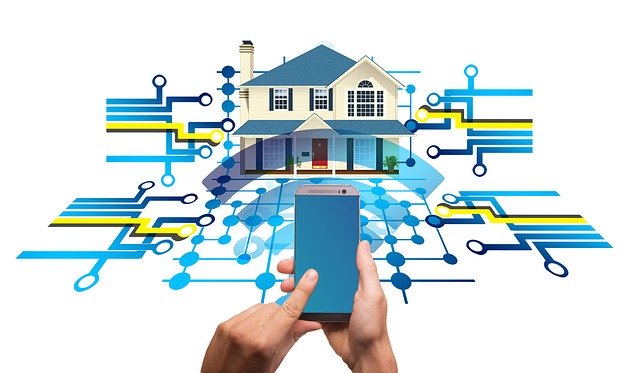THIS IS THE TIP OF THE ICEBERG!
What is connected in your home today is just the tip of the iceberg. The smart home device market that was a mere $55 billion industry in 2016 is poised to grow to $174 billion by 2025. Artificial intelligence will drive the tripling of the industry. Here are 5 things to keep an eye on as this decade begins.
1. Integration across platforms continues to be difficult in the smart home industry. A major pain point for many consumers to date has been the need to use several different apps to set up and control all the different devices. With no one manufacturer offering best of breed products in all the categories this has been a real challenge for installers and consumers alike. Security vulnerabilities are also more prevalent when multiple software platforms are used. News on this topic is more reassuring now that Project Connected Home Over IP was announced and the team has been assembled. The latest news from this collaborative effort is that the first set of standards will be ready by the fourth quarter of this year.
2. Devices will change from simply connected to being smart. Most devices today make our homes more comfortable and safer, but they aren’t always smart just because they can be controlled from an app. Some devices already use machine learning to adapt their functions to the consumers, for example the Nest Learning Thermostat. Other devices will begin to make use of machine learning, language processing, and other technologies that contribute to making decisions. Artificial intelligence will push security systems with facial recognition capabilities and refrigerators will have computers that will see what’s inside and help you know when it is time to get more milk.
3. Current robot vacuums and lawnmowers have certainly proved useful. As artificial intelligence continues to develop, we can expect this technology to help us with a longer list of everyday tasks. The robot butler is still a way off, but early versions of these devices are poised to descend on our homes as manufacturers tackle tasks such as chores and routine maintenance.
4. Wearables are the next revolution in healthcare. This topic is large enough to necessitate a deeper dive. I’ll examine the tremendous effect artificial intelligence will have on the healthcare industry in future months.
5. Truly smarter homes become possible with the rollout of 5G and the improved Wi-Fi 6 technology. The older mobile network standards cannot handle the number of devices that we are connecting to it. Competition for network processing in most homes is slowing down existing devices and causing them to use more power than should be necessary. Smart devices will become more reliable and efficient as the networks improve. Data will move quicker, and more complex applications will be possible as a result of 5G and Wi-Fi 6.
I’m looking forward to seeing more of the iceberg.


